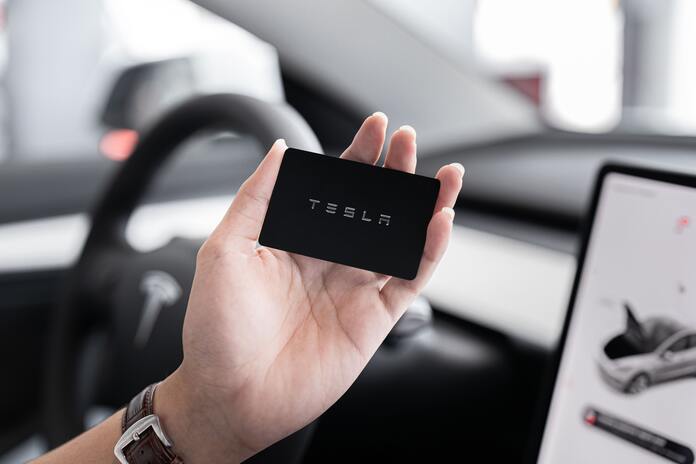Tesla (NASDAQ:TSLA) has been a wealth generator for investors who believed in its visionary CEO, Elon Musk, and its compelling story. From its $17 IPO price in 2010, the stock has undergone two stock splits, yielding an adjusted IPO price of approximately $1.13 per share. Currently trading around $260, Tesla has rewarded early believers with remarkable post-IPO returns.
However, Tesla has also been a nightmare for short sellers who bet against the company, resulting in substantial losses. Despite these losses, short sellers continue to question Tesla’s valuation, considering it overinflated. Tesla has consistently been one of the most shorted large-cap U.S. stocks.
Tesla’s Dominance in the Electric Car Market
With a market capitalization that peaked at over $1.2 trillion in November 2021 (now around $828 billion), Tesla has remained a dominant force in the electric vehicle (EV) industry. Its market value is nearly triple that of Toyota Motors (TM) and exceeds the combined market caps of the top five automakers. Tesla has not only been a pioneer but has also influenced the EV industry through aggressive price cuts, prompting competitors to lower their EV prices.
While Tesla has held the EV industry’s leadership position for a considerable time, China-based BYD (BYDDY) is emerging as a potential challenger, having surpassed Tesla in total shipments, with roughly half being plug-in hybrids (PHEVs).
Assessing Tesla’s Long-Term Prospects
Predicting Tesla’s short-term movements is challenging due to its volatility, often driven by sentiment rather than fundamentals. However, let’s delve into the long-term forecast and assess whether Tesla can reach $500 by 2025.
Several factors will shape Tesla’s long-term prospects:
- Delivery Trajectory: Tesla aims for a long-term delivery compound annual growth rate (CAGR) of 50%. Achieving this growth may necessitate introducing new models like the Cybertruck and a low-cost platform to stimulate sales.
- Margins and Autonomous Driving: Tesla’s margins have declined due to aggressive price cuts. CEO Elon Musk believes that the long-term valuation of Tesla depends on its autonomous driving technology. The company might offset margin erosion by selling autonomous technology and potentially licensing it to other automakers.
- Autonomous Driving Development: Despite promises of fully autonomous driving, Tesla’s Full Self-Driving (FSD) technology remains a work in progress, falling short of being fully autonomous.
Can Tesla Reach $500 by 2025?
To reach $500 by 2025, Tesla needs to nearly double its current stock price. Given its history of impressive returns, including a 743% surge in 2020, this price level doesn’t appear unattainable. Achieving this goal would require meeting the 50% shipment growth target and making progress in autonomous driving technology.
Some bullish forecasts go even further. Ron Baron predicts Tesla could reach $1,500 by 2030, while Cathie Wood has set a base case target of $2,000 for 2027. Even the bear case target for Cathie Wood is $1,400, with a bull case target of $2,500.
Furthermore, Morgan Stanley analyst Adam Jonas has suggested that Tesla’s Dojo supercomputer could add $600 billion to its market cap.
Elon Musk’s views on Tesla’s valuation have evolved over time, with past tweets calling the stock “too high” and more recent statements suggesting its market cap could surpass Apple and Saudi Aramco combined, currently around $5 trillion.
While a $500 price target by 2025 doesn’t seem implausible, investors should remain cautious, considering potential risks such as increased competition and margin erosion in the EV market. Tesla’s future will depend on its ability to execute its ambitious growth plans and advance its autonomous driving technology.
Featured Image: Unsplash









